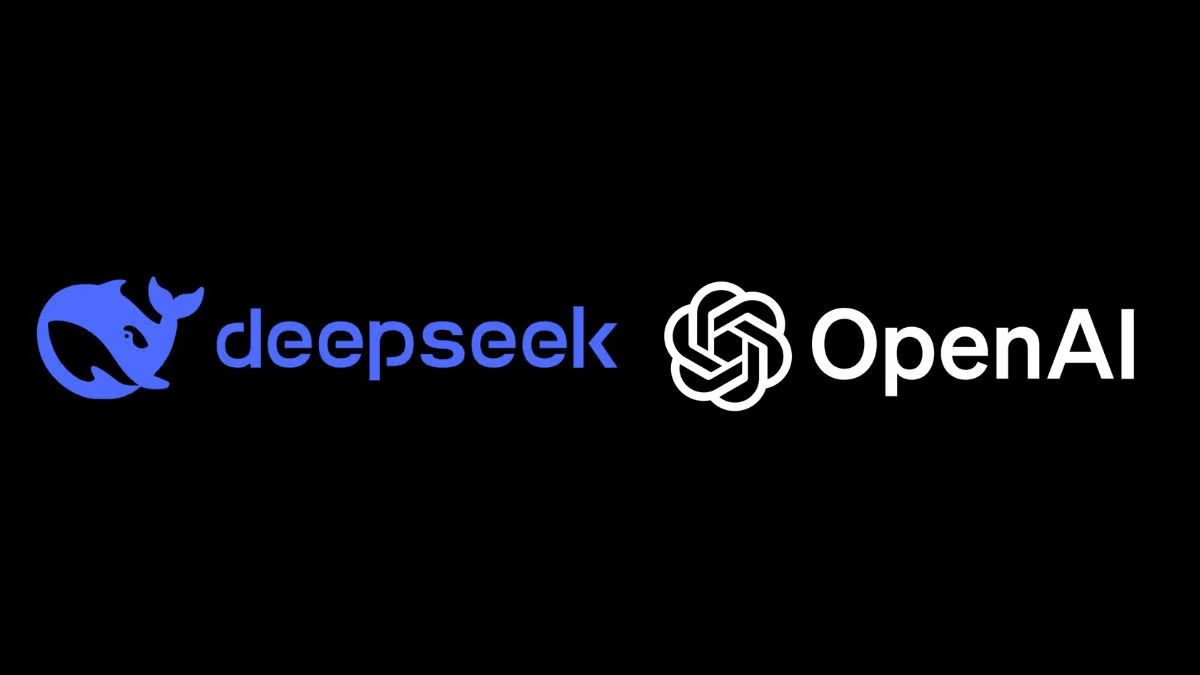The world of artificial intelligence (AI) has been predominantly dominated by the United States for years, but 2025 has seen a surprising shift in this landscape. Chinese AI lab DeepSeek has emerged as a powerful contender, challenging the supremacy of leading US tech giants like OpenAI, Anthropic, and Meta.
DeepSeek’s cutting-edge AI model, DeepSeek-V3, has not only rivaled top US models but has also topped Apple’s free app download rankings in the US, signaling its widespread global impact.
With its innovative approach, affordability, and open-source nature, DeepSeek is making waves in the AI community and sparking debates about the future of AI innovation and leadership.
The Rise of DeepSeek: Revolutionizing AI with Minimal Resources
DeepSeek, headquartered in Hangzhou, China, has stunned the global AI community with its remarkable achievements. Founded by entrepreneur Lian Wenfeng, DeepSeek started with the bold vision of pursuing Artificial General Intelligence (AGI).
Wenfeng’s unconventional approach included recruiting talented PhD students from China’s premier universities rather than experienced engineers. This decision fostered a culture of innovation and fresh perspectives, enabling the team to achieve groundbreaking results.
Read : Man Who Exploded Tesla Cybertruck Outside Trump Hotel Used ChatGPT for Planning
In January 2025, DeepSeek unveiled its flagship model, DeepSeek-V3, which has taken the world by storm. What sets this model apart is its efficiency in utilizing resources.
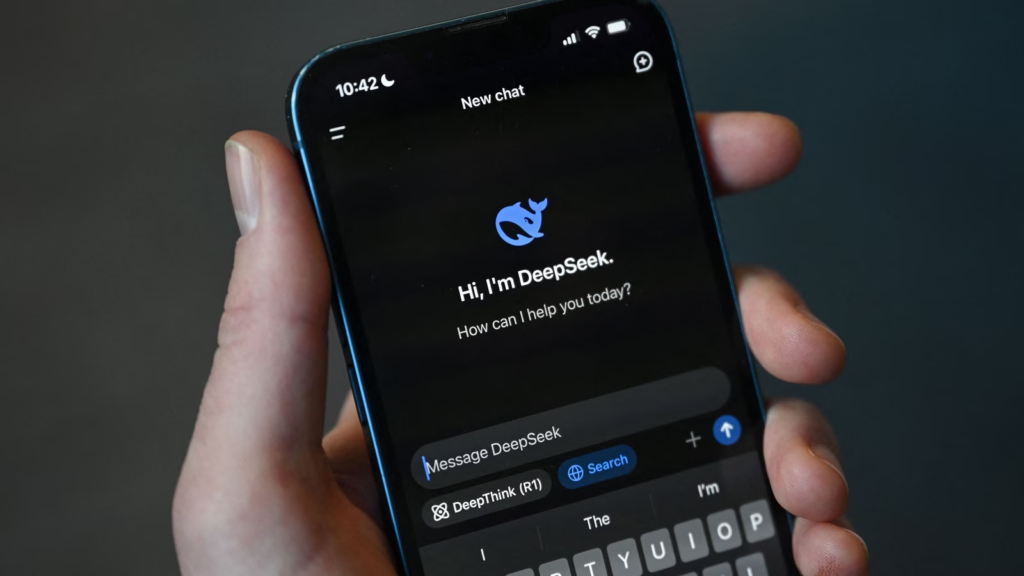
Unlike US tech giants that rely on billions of dollars and cutting-edge hardware like NVIDIA H100 GPUs to develop AI models, DeepSeek-V3 was trained using last-generation GPUs at a fraction of the cost. With just $5.6 million invested, DeepSeek achieved results that rivaled models like OpenAI’s GPT-4 and Meta’s Llama 3.3.
DeepSeek’s secret lies in its inventive techniques, such as multi-head latent attention (MLA) and Mixture-of-Experts architecture, which maximize the efficiency of older-generation GPUs.
Read : Top Ten Countries with the Most ChatGPT Users: A Global Perspective
These innovations have enabled the model to excel in tasks like coding, mathematical problem-solving, and spotting bugs in code, outperforming even the most advanced models from the US.
Outperforming Giants: DeepSeek’s Global Impact
DeepSeek’s accomplishments have not gone unnoticed. The release of DeepSeek-V3 marked a significant milestone, as it surpassed major models like GPT-4, Claude 3.5 Sonnet, and Meta’s Llama 3.3 on various benchmarks.
These benchmarks included complex reasoning tasks, general knowledge queries, and programming challenges, proving that DeepSeek’s approach is not just cost-effective but also highly effective.
Following the success of DeepSeek-V3, the company launched another breakthrough model, DeepSeek-R1, which further solidified its reputation.
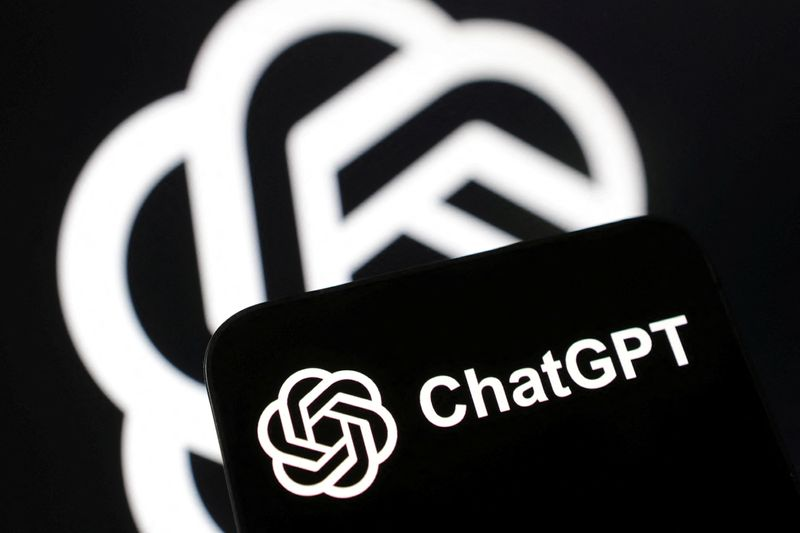
The R1 model has outperformed OpenAI’s latest O1 model on numerous benchmarks, showcasing its prowess in areas like math, coding, and general reasoning. This rapid progress has placed DeepSeek at the forefront of global AI innovation.
DeepSeek’s open-source strategy has further amplified its global impact. By making its models and weights accessible to developers worldwide, the company has encouraged collaboration and innovation.
This approach stands in stark contrast to US-based companies like OpenAI, which have shifted toward more closed, for-profit models. DeepSeek’s decision to open-source its technology has garnered admiration from the global AI community and has the potential to embed Chinese AI tech into the global tech ecosystem.
A Wake-Up Call for the US: Implications of DeepSeek’s Success
The success of DeepSeek has raised critical questions about the future of AI leadership and innovation. For years, the United States has been the undisputed leader in AI, driven by massive investments, state-of-the-art infrastructure, and access to advanced hardware. However, DeepSeek’s achievements challenge the notion that success in AI is solely dependent on resources and cutting-edge technology.
The US government has responded with urgency. On his second day as President, Donald Trump announced the Stargate Project, a $500 billion initiative aimed at maintaining America’s leadership in AI.
This ambitious project brings together tech giants like OpenAI, Oracle, and SoftBank to create state-of-the-art AI infrastructure and generate over 100,000 American jobs. The rushed announcement of the Stargate Project underscores the US’s determination to counter China’s growing influence in the AI sector.
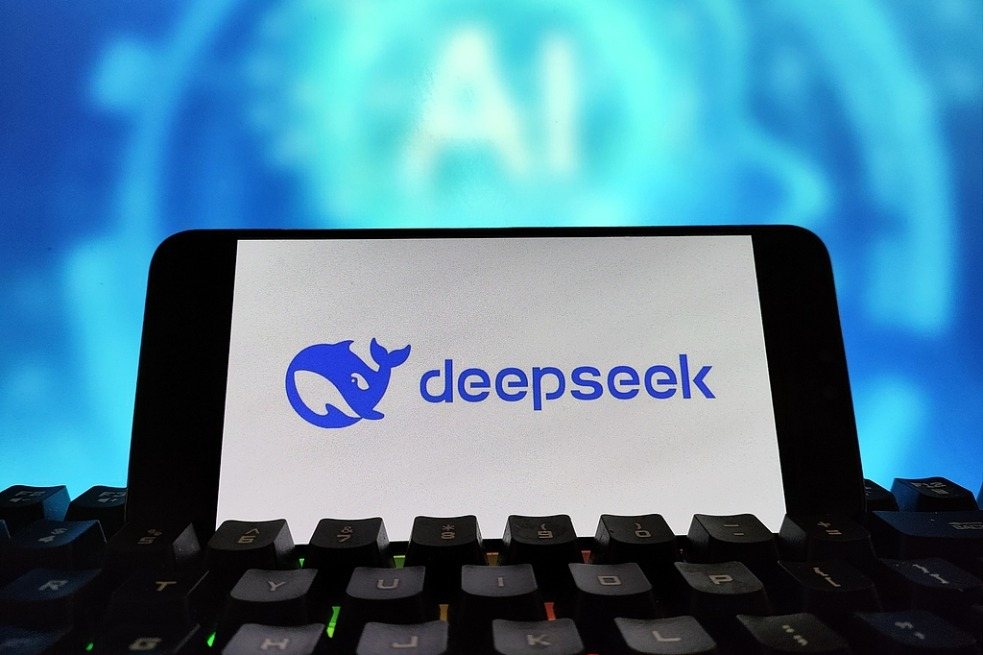
However, the emergence of DeepSeek has also highlighted the limitations of US export controls on advanced hardware. These controls were intended to hinder China’s access to cutting-edge technology, but they have inadvertently spurred innovation.
By focusing on downstream applications and optimizing older hardware, DeepSeek has demonstrated that necessity can drive groundbreaking advancements.
Despite its success, DeepSeek’s rise has not been without controversy. Critics have raised concerns about the potential influence of Chinese state regulations on the company’s AI models.
Some worry that these models could reflect authoritarian views and suppress dissent, as seen in the censorship of topics like Taiwan and the Tiananmen Square incident. This has sparked debates about whether AI models developed in authoritarian regimes can align with democratic values and openness.
The Future of AI Innovation and Global Competition
DeepSeek’s success is a testament to the power of innovation, determination, and efficient resource utilization. By challenging the dominance of US tech giants and achieving global recognition, DeepSeek has redefined what is possible in the field of AI.
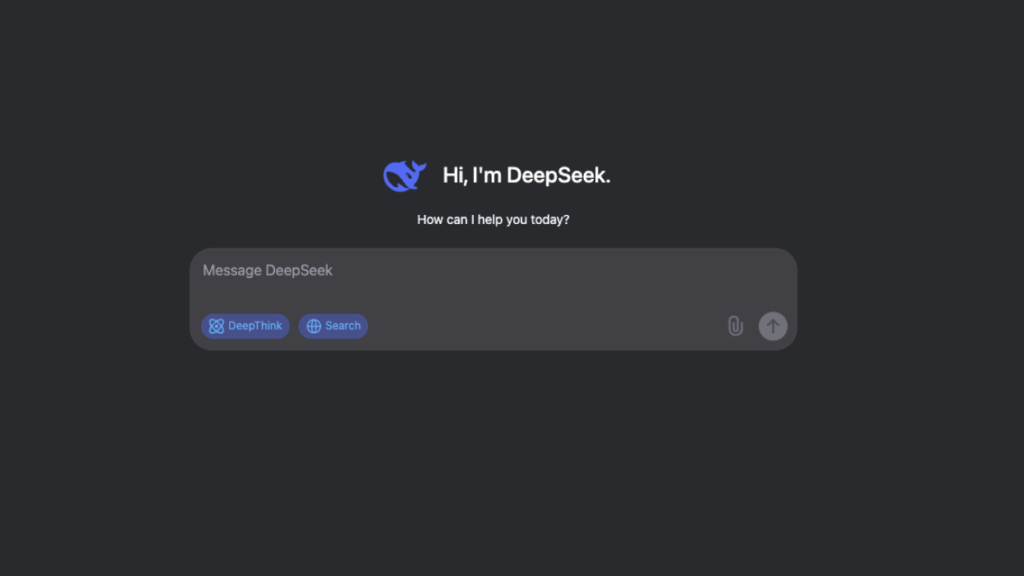
Its achievements serve as a wake-up call for the US and other nations, emphasizing the need for a balanced approach that combines investment, foresight, and collaboration.
As DeepSeek continues to push the boundaries of AI, its open-source models have the potential to shape the global tech ecosystem in profound ways.
However, the broader implications of China’s AI advancements, including concerns about censorship and authoritarian influence, cannot be ignored. The race for AI leadership is not just a competition of technology but also a battle of values and ideologies.
In this rapidly evolving landscape, the future of AI innovation will depend on the ability of nations to adapt, collaborate, and address the ethical challenges posed by these powerful technologies. DeepSeek’s rise is a reminder that the AI revolution is far from over, and the next chapter is being written on a global stage.

